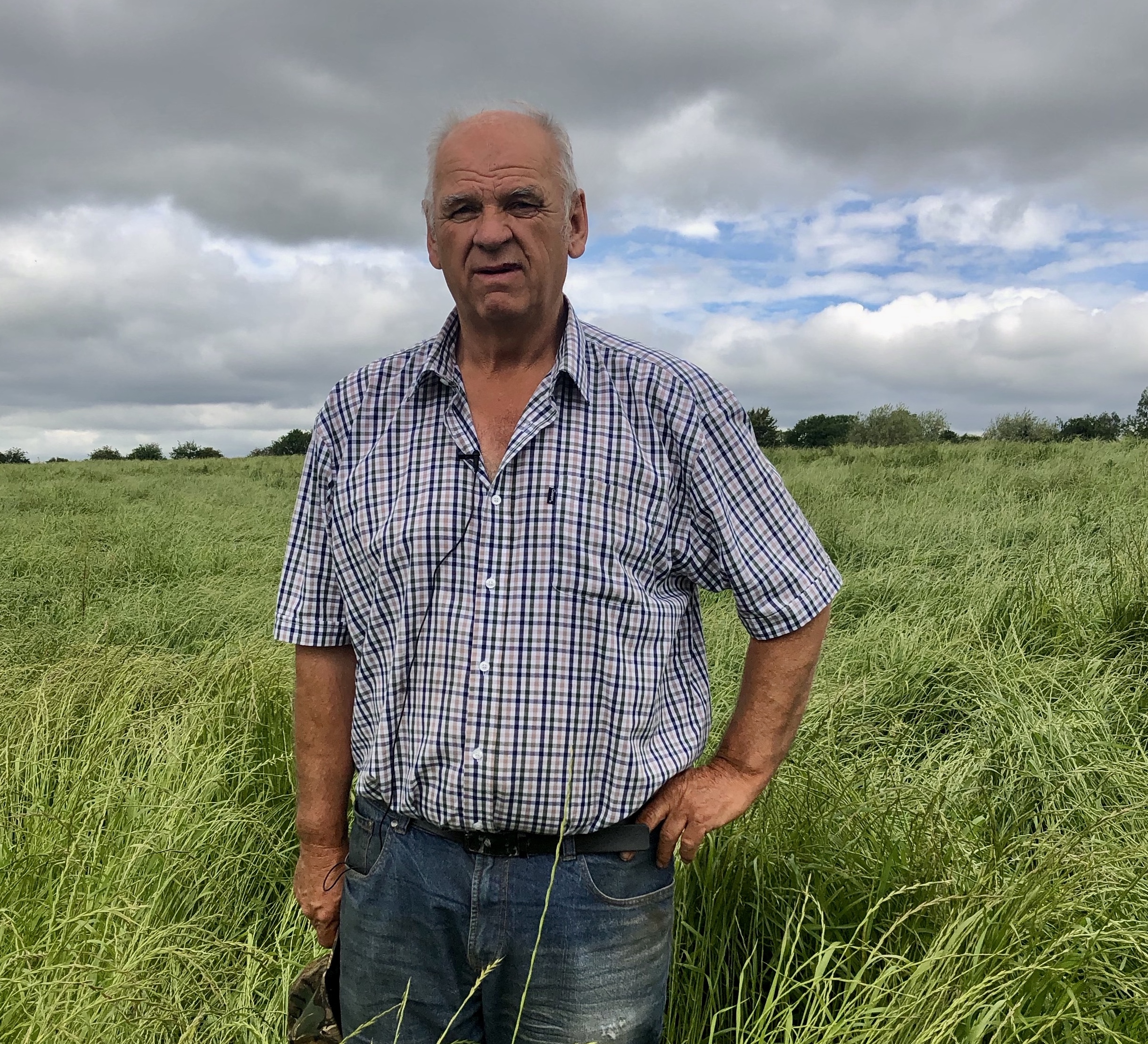

Farm Type: Specialist Hay & Haylage
Location: Oxfordshire
Size: 250 acres
Soil Type: Sandy
Mixes Used: Hard Horse Hay, Traditional Hay Maker & Westerwolds
Phil Shaw has used a variety of Cotswold Seeds mixtures to produce high quality hay and haylage for the equine market, building his business from scratch over the past fifteen years.
‘I started just buying and selling hay and haylage, but I was not pleased with the consistency of the product,’ he says. ‘I wanted to put my stamp on it and make sure it was up to scratch, now I make all my own. We make big and small bale haylage and only sell the very best to the customers. If the weather beats us and the quality is less than ideal, it goes for cattle and sheep forage. I am very proud of what I make.’
Phil’s farm comprises 250 acres and has a mixed customer base including livery yards, race horse stables and polo yards, all within a 50 mile radius so Phil can deliver direct, providing great customer service. ‘We grow a variety of grass types including Italian ryegrass leys, westerwold and Timothy leys and softer, finer meadow grass, so we try to meet the customer’s specific needs and we never get any complaints,’ Phil says.
The pure ryegrass ley is made up of a blend of tetraploid and diploid Italian varieties, lasting for 2 years, although Phil can stretch this into 3 years, especially if he makes hay in the second year. This mix is called the Hard Horse Hay and produces a coarse sample favoured by racing stables.
The intensive westerwold mix is used by Phil to create a bulky crop from a spring sowing in March. Its fast growth provides a high quality and very clean crop of haylage over several cuts. It can also be used to make hay, however the quick growth of Westerwold can make a fleshy sample with high moisture levels, care should be taken to ensure the seed heads are fully emerged before cutting to ensure the crop dries or ‘makes’ evenly. Check the nodes on the stem of the plant before baling the crop, if squeezed between thumb and forefinger no moisture should be visible.
‘The two year ryegrass ley does extremely well, hopefully we get two cuts, weather permitting. In the first cut we average thirteen to fourteen haylage bales per acre. In the second cut it’s six to seven bales weighing about 200- 250kgs’.
“Lots of owners worry it’s too coarse and crunchy for the horses to eat but once they taste it, they can’t get enough.”
Phil describes his farming methods as traditional. The hard horse hay ley follows spring barley. The land is ploughed to create a fine but firm seedbed and the seed mix is sown in September. In the spring it’s fertilised with nitrogen and sulphur. ‘We don’t overdo it, we keep it a bit lean to make it easier to ‘make’ and bale.’
A neighbour’s sheep graze the ley in winter. When it grows back the strong spring growth smothers out any annual weeds. I don’t believe in rolling and harrowing. I just let the sheep do all the work.’
Phil also uses a strong Timothy based mix called the Traditional Hay Maker which he says is very popular with horses. ‘They all love it,’ Phil says. ‘Lots of owners worry it’s too coarse and crunchy for the horses to eat but once they taste it, they can’t get enough.’
‘I’ve used Cotswold Seeds since day one,’ says Phil. ‘They are always helpful with advice and know what you need and what it will do and they deliver within a day or two.’
Date Posted: 1st June 2022



